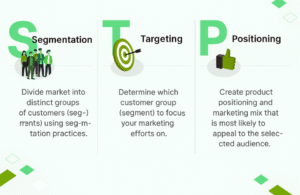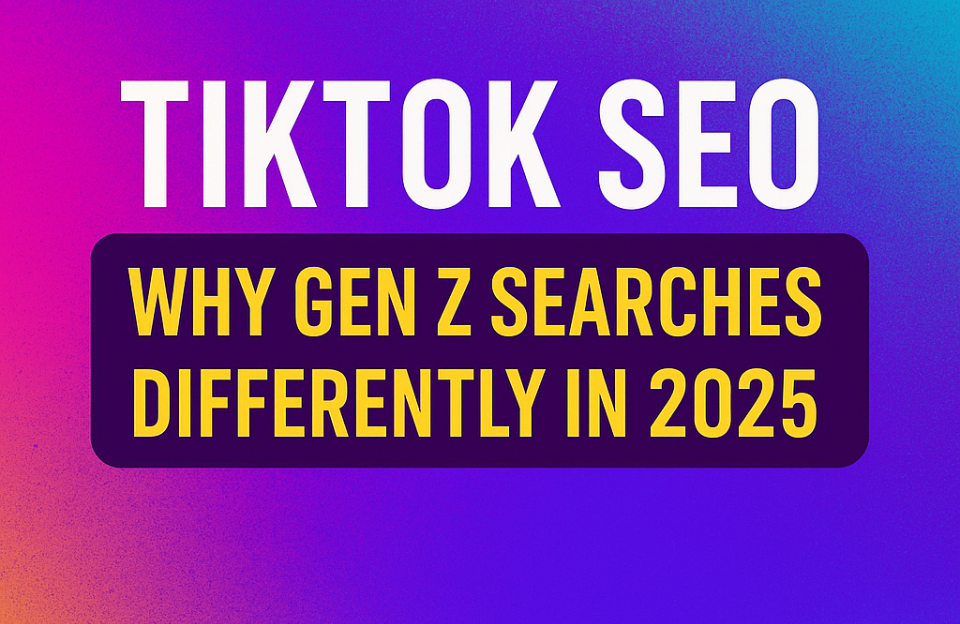The STP model—short for Segmentation, Targeting, and Positioning—remains one of the most powerful frameworks in marketing. By methodically breaking down markets, selecting ideal prospects, and positioning your brand intelligently, the STP approach ensures your message resonates where it matters most. Let’s go deep into each stage, enriched with real-world examples that most marketers know and admire.

1. Segmentation
Segmenting your market involves dividing a broad audience into distinct groups based on characteristics or behaviors. The most effective segmentation strategies often combine multiple criteria:
- Demographic: Age, gender, income, education
- Geographic: Country, city, climate
- Psychographic: Lifestyle, values, personality
- Behavioral: Usage rate, brand loyalty, benefits sought
Example – Coca‑Cola: Coca‑Cola doesn’t treat its audience as one giant block. Instead it addresses segments like:
- Wellness-conscious consumers: Offered Diet Coke and Coke Zero.
- Gathering-focused consumers: Emphasizes sharing moments via campaigns like “Open Happiness.”
- Youthful thrill-seekers: Targeted with limited-edition flavours and festival sponsorships.
Example – Airbnb: Airbnb serves at least two major segments:
- Experience-focused travelers, seeking local immersion—positioned around “Live like a local.”
- Budget or convenience travelers, like families, groups, or business guests—served via filters (kitchens, workspace, family features).
2. Targeting
Once segments are defined, not all are created equal. Targeting involves choosing the most valuable, addressable clusters based on:
- Market size and growth potential
- Competitive intensity
- Brand fit and profitability
Example – Apple: Apple aims for segments that prioritize:
- Innovation and design: Users seeking sleek, powerful devices and status.
- High-income professionals and creatives: Those willing to pay premium prices.
Example – Nike (Running Segment): Nike segmented serious runners (5K, 10K, marathoners) from casual gym-goers. They targeted serious runners with bespoke campaigns (like “Breaking2”) and performance shoe lines (Zoom Fly, Alphafly), while keeping everyday runners engaged with community events and Nike Run Club.
3. Positioning
Positioning answers the question: “What unique space does your brand occupy in the mind of the target?”
Key elements include:
- Value proposition (What’s in it for me?)
- Brand personality (Playful, confident, authoritative?)
- Emotional connection (How do people feel?)
- Differentiation (What sets you apart?)
Example – Apple: Apple’s positioning pillars are:
- Premium design & performance
- Ecosystem integration (iPhone, iPad, Mac seamlessness)
- Simplicity & user-friendly UI
Example – Airbnb: Airbnb positions around:
- Authenticity & belonging: Taglines like “Belong anywhere” reflect this
- Host–guest trust: Verified IDs, reviews, and security features
- Local immersion: Curated Experiences and neighborhood guides
4. From STP to Tactical Action
A. Product & Service Adaptation
Coca‑Cola reformulated ingredients for health-aware consumers (zero-calorie options) while innovating with products like Coca‑Cola Energy to target young millennials.
Nike introduced the FlyEase line for athletes with disabilities—segmenting underserved demographics.
B. Pricing & Packaging
STP informs tiered pricing:
- Apple retains premium pricing due to positional power.
- Airbnb adjusts cleaning fees and deposit levels depending on segment (e.g. families vs. solo travelers).
- Coca‑Cola uses smaller can sizes for urban convenience markets and larger bottles in family or party settings.
C. Channel & Promotion
- Apple: Exclusive product launches in Apple Stores and through stylized advertising guarantee a premium experience.
- Coca‑Cola: Sports sponsorships, digital campaigns, and vending machine innovations (“Share a Coke” cans).
- Airbnb: Influencer content, local guides, and personal host stories in social media.
5. Measurement & Validation
The STP model is not static—it thrives on data-driven validation.
- Segmentation effectiveness: cluster analysis, campaign response rates, market share by segment.
- Targeting precision: engagement metrics (CTR, session duration), customer acquisition cost (CAC), segment-specific CLV (Customer Lifetime Value).
- Positioning success: brand studies (perception, recall), Net Promoter Score (NPS), sentiment analysis.
For instance, Airbnb tracks NPS per segment. Apple monitors revenue from product lines and OS ecosystem adoption. Nike measures ROI from events and athlete sponsorships.
6. Common STP Pitfalls (and How to Avoid Them)
- Over-segmentation → Creates complexity and dilutes spending.
- Vague segments → Avoid “everyone”—define clear, evidence-based groups.
- Misaligned targeting → Each target must align with brand mission & resources.
- Unclear positioning → Messaging must answer “why us, not them?”
- Ignoring feedback loops → Prioritize analytics and customer feedback.
7. STP Checklist
| Step | Action |
|---|---|
| Segmentation | Use surveys, purchase data, and analytics to form 3–6 valid segments |
| Targeting | Apply filters: size, growth, profit potential, brand fit |
| Positioning | Create a positioning statement—“For [target], [brand] is the [frame] that [benefit] because [reason].” |
| Execution | Align product, price, promotion, and place with each segment message |
| Optimization | Track engagement, revenue, feedback and adjust segmentation/positioning |
Conclusion:
Mastering the STP model empowers marketers to connect intentionally with their audience. By methodically segmenting based on real data, targeting only segments offering ROI, and positioning with clear differentiation, you build strategies that convert and endure.
From Apple’s seamless premium ecosystem, Coca‑Cola’s lifestyle tailoring, Nike’s athletic precision, to Airbnb’s sense-of-place immersion—real-world brands showcase how deep STP thinking drives growth.




